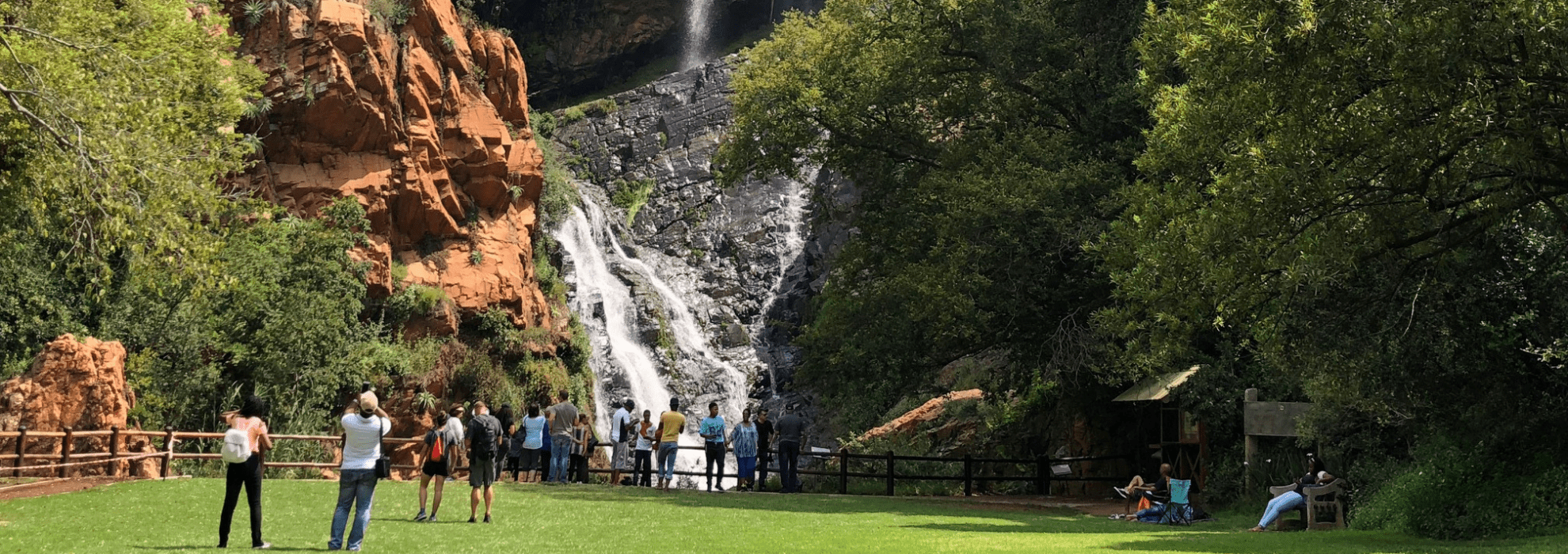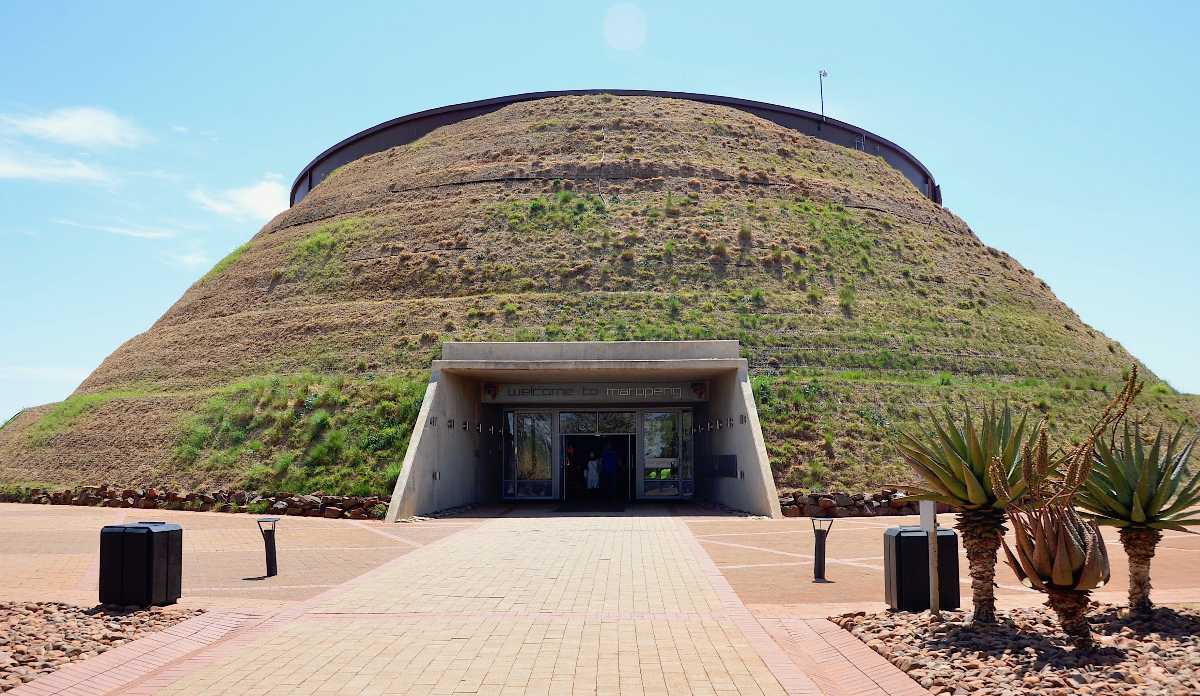The Of Johannesburg North Attractions
Table of ContentsSome Of Johannesburg North AttractionsJohannesburg North Attractions for DummiesAn Unbiased View of Johannesburg North AttractionsThe Basic Principles Of Johannesburg North Attractions The 20-Second Trick For Johannesburg North AttractionsGetting My Johannesburg North Attractions To WorkThings about Johannesburg North Attractions
You should maintain safety in mind and visitors need to continue to be sharp at all times when in unknown environments. Talk with the locals when you are in community to discover the area you are staying in. Johannesburg North attractions. When on the road (this doesn't apply to shopping center and various other safe and secure settings) finest general suggestions is to try your best to look like a local and to prevent displaying any type of type of wealth
Little Known Questions About Johannesburg North Attractions.
Professor Revil Mason O. J. (Thomson, 1946) explored the Witwatersrand's pre-colonial background. His archaeological work exploded the 'em pty land' myth, according to which the area was without human habitation before the arrival of European inhabitants. In his magazines Prehistory of the Transvaal: A Document of Human Task (1962) and Beginnings of Black People of Johannesburg and the Southern Western Central Transvaal AD 3501880 (1986 ), Professor Mason demonstrated the level of social and economic advancement in the location before Europeans established foot right here.

Getting The Johannesburg North Attractions To Work
In 1878, David Wardrop discovered gold in quartz veins at Zwartkop, north of Krugersdorp. In 1881, Stephanus Minnaar came throughout gold on the ranch Kromdraai, near the Cradle of Mankind.
In March 1886, an outcropping (quickly to be called the Key Reef) was located, rather fortunately, on Gerhardus Oosthuizen's ranch Langlaagte. Some say that the Lancastrian coal miner George Pedestrian found this coral reef. One more travelling English prospector, George Harrison (that had previously operated in Australian mines) gotten a prospecting permit in respect of Langlaagte in Might 1886.
He decided to carry on in a quest for greener fields, and disposed of his Langlaagte claim for the handsome sum of 10. Alas: underneath lay the richest goldfield ever before located. The exploration of this abundant auriferous reef prompted a gold rush that indicated the end of agrarian tranquillity in the southerly Transvaal.
It would, within six years, come to be the largest town in southerly Africa. Within a decade, it would make the Z. A. R. until after that an anarchical and bankrupt little state the wealthiest country Resources in Africa. By the millenium, the Z. A. R. was to go beyond Russia, Australia and the United States of America to come to be the globe's leading gold manufacturer, creating greater than a quarter of the world's gold.
Facts About Johannesburg North Attractions Revealed
It was called Ferreira's Camp, named after Colonel Ignatius Ferreira. He was a Boer traveler upon whom the British authorities had bestowed the status of Buddy of one of the most Distinguished Order of St Michael and St George (entitling him to the post-nominal letters C. M. G.) in thankfulness for his role in the war that had deposed the Pedi king Sekhukhune in 1879.
2 various other camps were developed: Meyer's Camp on the ranch Doornfontein, and Paarl Camp. The latter was nicknamed Afrikander Camp; many people from the Cape Nest settled there.

Excitement About Johannesburg North Attractions
This name obtained money by word of mouth, such that the State Secretary attested the name to the Mining Commissioner on 9 October 1886. Stands in the village were auctioned on 8 December 1886. While some stands were cost 10, others were knocked down for as little as sixpence.
2 years later, these erven were to alter hands for as high as 750 each. The tented camps decreased as a dorp of corrugated iron buildings created and increased north of the mines located along the Key Reef Roadway. Locations such as Jeppe's Community (where working-class immigrants erected their houses) and Doornfontein (where the affluent new 'Randlords' began to build their luxurious homes) were soon sites included in the ever-expanding map of the community.
Some Ideas on Johannesburg North Attractions You Need To Know
Apart from the street names, there were no indicators of Johannesburg being positioned in a Dutch-speaking country., almost everyone spoke English and even the Federal government slaves attended to one in English, unless they were very first dealt with in the Taal (or Reduced Dutch)'.
Thus, Britain had a rate of interest in making sure ideal problems for gold manufacturing on the Witwatersrand, and that the gold was exported to London as opposed to Berlin a vital rendered other even more clamant by the Z. A. R - Johannesburg North attractions.'s enhancing toenadering with Germany. Mine proprietors got on a clash with Head of state Kruger, whose plan of monopolistic giving ins (frequently given to his cronies) protected against mining business from procuring supplies of materials (specifically dynamite) and labour on their own, less costly terms
Some Known Incorrect Statements About Johannesburg North Attractions
In 1890, the Volksraad had actually limited the franchise to white guys that had lived in the Z. A. R. for fourteen years or longer, hence invalidating a lot of the immigrants (who took place to be the significant contributors to the fiscus). Agitation for the vote was a mere pretense for promoting a different schedule; most uitlanders concerned themselves as momentary site visitors and had no intent of continuing to be in the Z.